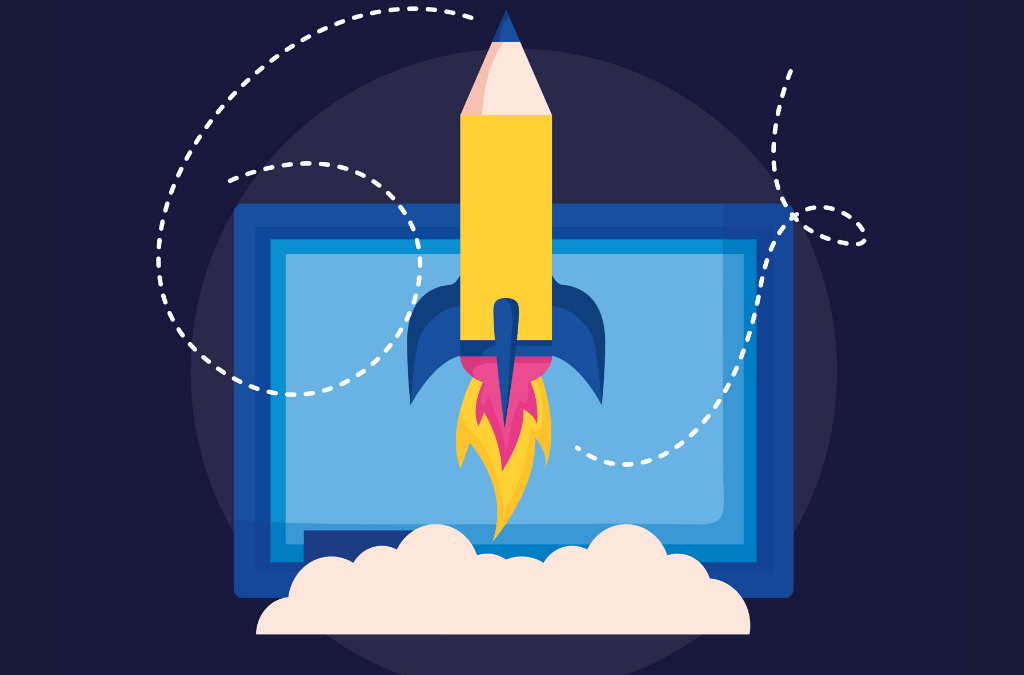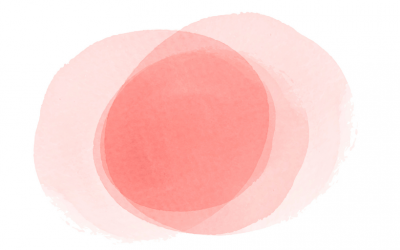It’s no secret I’m a productivity freak. A friend recently drew a cartoon birthday card of me as Little Miss Just Get It Done and my secret Santa gift from colleagues at work last Christmas was a mug emblazoned with the words: Get Shit Done. At home, my shelves are overflowing with books on productivity, self-management and life hacks – if you set about reading them now you wouldn’t have any time for anything else for the next twelve months.
But productivity isn’t just a way to show off to colleagues and suck up to your boss. Getting things done allows you to spend more time doing the things you love and want to do. Here’s a few tactics to make short shrift of the long to-do list.
Most Important Task (MIT)
Many of us ease into the working day by checking emails over a cup of coffee, perhaps catching up on some professional reading, and networking on Facebook. A lovely start to the day, but not the most productive. When meetings kick in at 10.00 you won’t see your desk for the next seven hours, so don’t leave your work until home time.
The Most Important Task, MIT for short, was coined by Zen Habits master Leo Babauta. It’s an essential part of his morning routine, and he tackles this task just after waking up and having a glass of cold water (none of this caffeine and Facebook slacking).
Prioritising your writing
Nailing your MIT will only work if you’ve effectively prioritised. Working on your prioritisation skills will help you deliver better results. Here’s a few approaches to hone this super power.
>> Read more: Prioritize your writing – make writing matter and make it happen
First up is Eisenhower’s Important-Urgent Principle, a matrix that helps you calculate where a task falls. You tackle tasks in the following order:
- Important and urgent
- Important but not urgent
- Not important but urgent
- Not important and not urgent.
It’s certainly an effective method, but for me it takes too long to divide my to-dos into quads. I prefer working out what not to do and take my inspiration from unnamed female General in the US Army who was quoted by Roy F Baumeister in his excellent book Willpower.
She said: “First I make a list of priorities one, two, three and so on. Then I cross out everything from three on down.”
My advice is to write your priority list on a post it note – the space is too small to fit too much on. You get bonus points if you prioritise the night before as you’re clearing your desk to go home.
Finally, just learn to say no. As Steve Jobs said: “Innovation is saying ‘no’ to 1,000 things.”
“Innovation is saying ‘no’ to 1,000 things.” Steve Jobs
Swallow a frog
Back to getting things done. A variation on the MIT is swallowing a frog, – namely, that beast squatting on your to-do list which is hard and horrid to do.
Stop feeling bad about how long it’s been sitting then and just do the damn thing. And follow Mark Twain’s advice to do it first thing:
“If it’s your job to eat a frog, it’s best to do it first thing in the morning. And If it’s your job to eat two frogs, it’s best to eat the biggest one first.” Mark Twain
If you need an incentive, tap into your baser psychology and plan a reward for when it’s done. When you’ve eaten your frog, treat yourself to a victory shopping spree, or tuck into whatever edible reward tickles your tummy. You’ll radiate with productive smugness all day (or that could be the frog repeating on you).
“If it’s your job to eat a frog, it’s best to do it first thing in the morning. And If it’s your job to eat two frogs, it’s best to eat the biggest one first.” Mark Twain
Follow the masters of getting things done
If that frog has been squatting on your to-do list for a while, there’s probably a good reason. Yes, it might just be a hard task you’re avoiding, but it’s likely it’s too big, or not clearly defined.
This is where the master of productivity can help. David Allen’s Getting Things Done (GTD) is a classic for many reasons. Packed within this tome is a bunch of super helpful tips, so even if you don’t embrace the whole GTDTM system, you can pick out the tactics that work for you.
Allen talks about “creating the option of doing”, which I loosely translate as: start doing things. Allen quotes one of the founding fathers of productivity, yep the frog swallower himself, Mark Twain:
“The secret of getting ahead is getting started. The secret of getting started is breaking your complex overwhelming tasks into small manageable tasks, and then starting on the first one.”
Allen suggests selecting a task on your list, and asking yourself: what’s the next action I have to do to contribute to that task?
“The secret of getting started is breaking your complex overwhelming tasks into small manageable tasks, and then starting on the first one.” Mark Twain
Super small next steps
Allen’s next action advice has been thoroughly researched by Stanford’s B J Fogg and turned into a practical Tiny Habits Programme. In short, Fogg recommends breaking down tasks into such tiny actions that doing them is easier than procrastinating. He uses the example of flossing teeth – start with just one tooth. Tiny indeed!
>> Read more: How small steps lead to great progress
At Prolifiko (formerly Write Track) we’ve been working on a small steps system for writers. We developed a 5-day writing challenge which helped writers identify a goal and break it down into small steps that must be achieved by midnight the next day. We had hundreds of people sign up at New Year and have over a 60% completion rate.
Don’t diss the list
LinkedIn found that 63% of professionals use to do lists. Yet, despite their popularity, people rarely achieve what’s on their lists. Research by team progress tracker I Done This found that 41% of items on a list are NEVER completed.
However, lists can be super helpful if you think differently about their purpose. When I’m feeling overwhelmed by the sheer volume of stuff I need to do, I write long list of everything racing around my head. I use a version of morning pages each day to help me focus – you could try The Five Minute Journal and make like Titan Tim Ferriss.
It’s a similar idea to David Allen’s tickler file (just the name makes me happy). A tickler is a folder you keep on your desk and the moment you get a distracting thought about something else to do, you write it down immediately and file it. Then each week you go through to allocate a priority and time to complete. Job done. Productivity achieved.
From hairy to smart: got to get goals
There’s no point assembling a series of small steps and actions if you don’t know where they’ll take you. To head in the right direction, you need a goal.
Silicon Valley is in thrall to the moonshot – a catchier version of Jim Collins’ Big Hairy Audacious Goal, or BHAG for short (actually I’d rather not). It’s a goal so big it will inspire and direct your work for 10-20 years. Or intimidate the hell out of you.
>> Read more: How to set a writing goal: the ultimate guide
More common is SMART goal setting, often used in workplace appraisals. It’s a handy system, and easy to remember:
- Specific – the goal must be clear and with no ambiguity about what you want to achieve.
- Measurable – it should be quantified so you can tell if it’s been accomplished.
- Achievable – it must be realistic and attainable with your skills and available resources; you can stretch yourself but not too much.
- Relevant – it must make sense in the wider context of what you are trying to achieve and be aligned with your purpose and values.
- Time bound – this can take two forms, either giving yourself a target deadline date to complete or specifying a time when you should perform the task each day.
As games designer Jane McGonigal says: “Smart goals, or quests, ensure that every day you’re making a better life for yourself, right now, in the present moment. An epic win is in the future; a quest, or smart goal, is what you do today.”
Writing productivity
Fundamentally that’s what productivity is all about. Being productive isn’t an end in itself; it’s the means to a better life, one where you have the time for activities that matter to you.
So, with that in mind, go forth, get things done, and spend your new found freedom on a side project, hobby, box set, volunteering, or with people and animals.
“An epic win is in the future; a quest, or smart goal, is what you do today.” Jane McGonigal
***
This post first appeared on the Book Machine blog.




